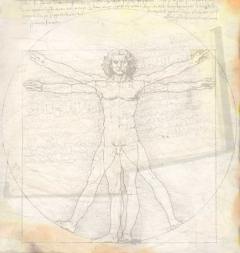|
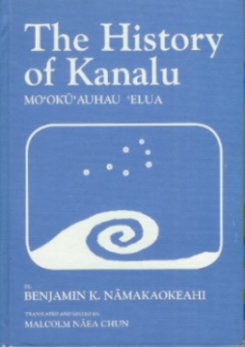
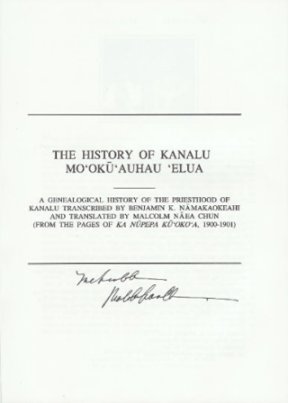
"The second
genealogical succession of Hawaii - the Earth
The water
gates of Hako'ilani and Kulanihako'i were deliberately released -
Kahina'aimalama and Kahinali'i
opened the sea gates of the earth - The sea rose meeting the fresh water, and killed the people.
What has been retained is an
account of the beginning of the effort to repopulate the islands and of the many accurate prophecies made back then."
- prelude to Chapter I, The History of Kanalu
This is an important book.
I'm going to point out symbolic language in some passages from Kanalu, and maybe
that'll help us develop some sort of guide to the language of myth in Hawaii. Don't know, but might as well try:
A. Page English 1
The water
gates of Hako'ilani and Kulanihako'i were deliberately
released. Kahina'aimalama
and Kahinali'i opened the sea gates of the earth - The sea rose meeting
the fresh water, and killed the people.
ko'i - adze, symbolizes solstice. Here we
can look at Hako'ilani as the heavenly/celestial sluice gate at north-east end (summer solstice) of the celestial
river - the Water of Kane (= the Milky Way) and at Kulanihako'i as the plug/anchor/upright at the south-west (winter solstice)
end of the Water of Kane.
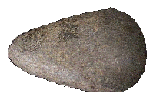
A ko'i - an adze. The blade is the wide end.
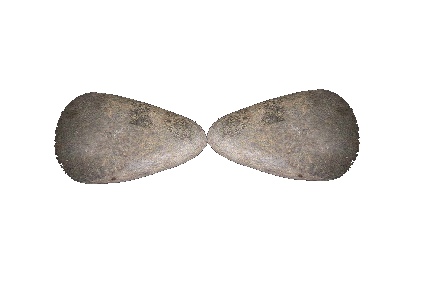
Next, two adzes back-to-back - one for the summer solstice,
one for the winter solstice
This pendant is of Aotearoa greenstone and is carved into
a typical figure-8-like shape. The shape is common in carved bone pendants as well, not only in Aotearoa, but throughout
Polynesia.

The figure 8 shape is the shape of the sun's path over the
course of a year, a shape called the "analemma."
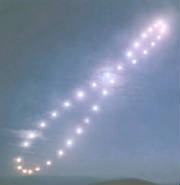
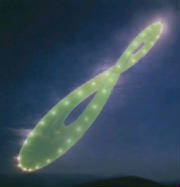
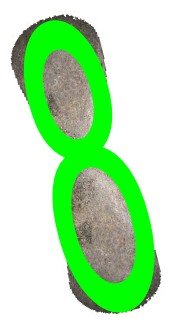
|
